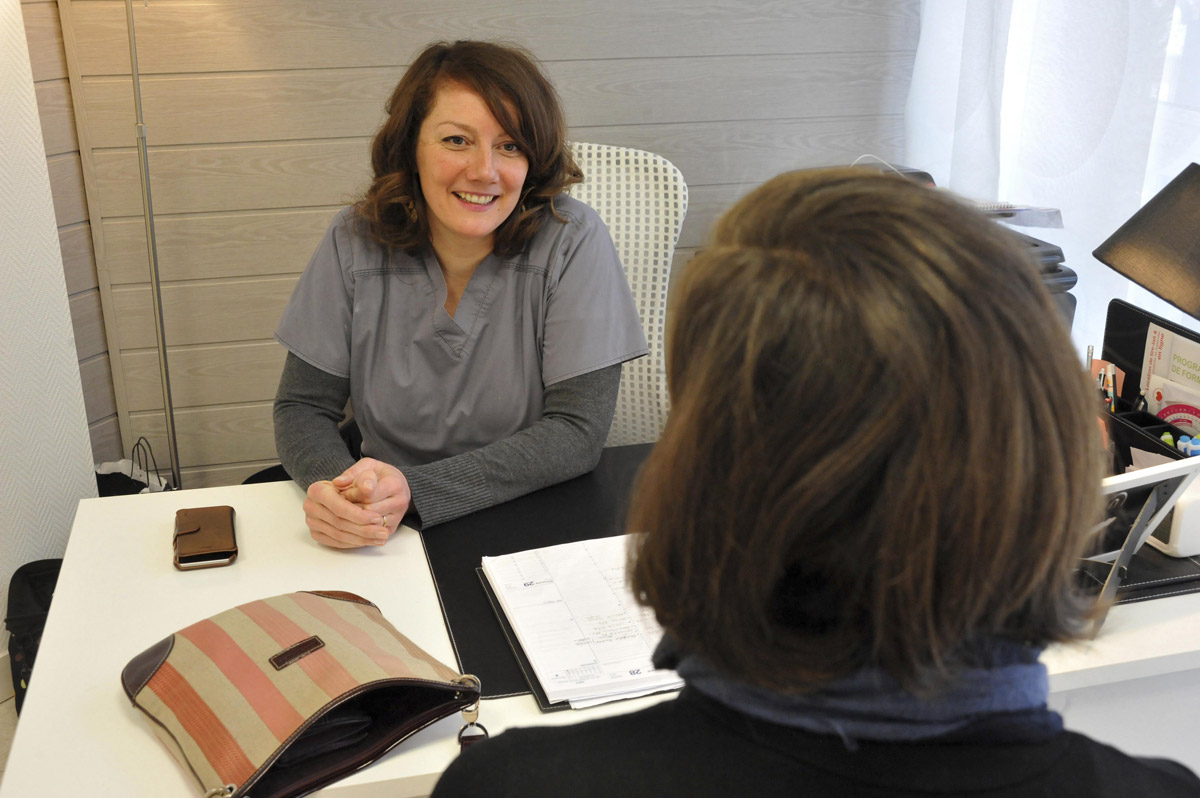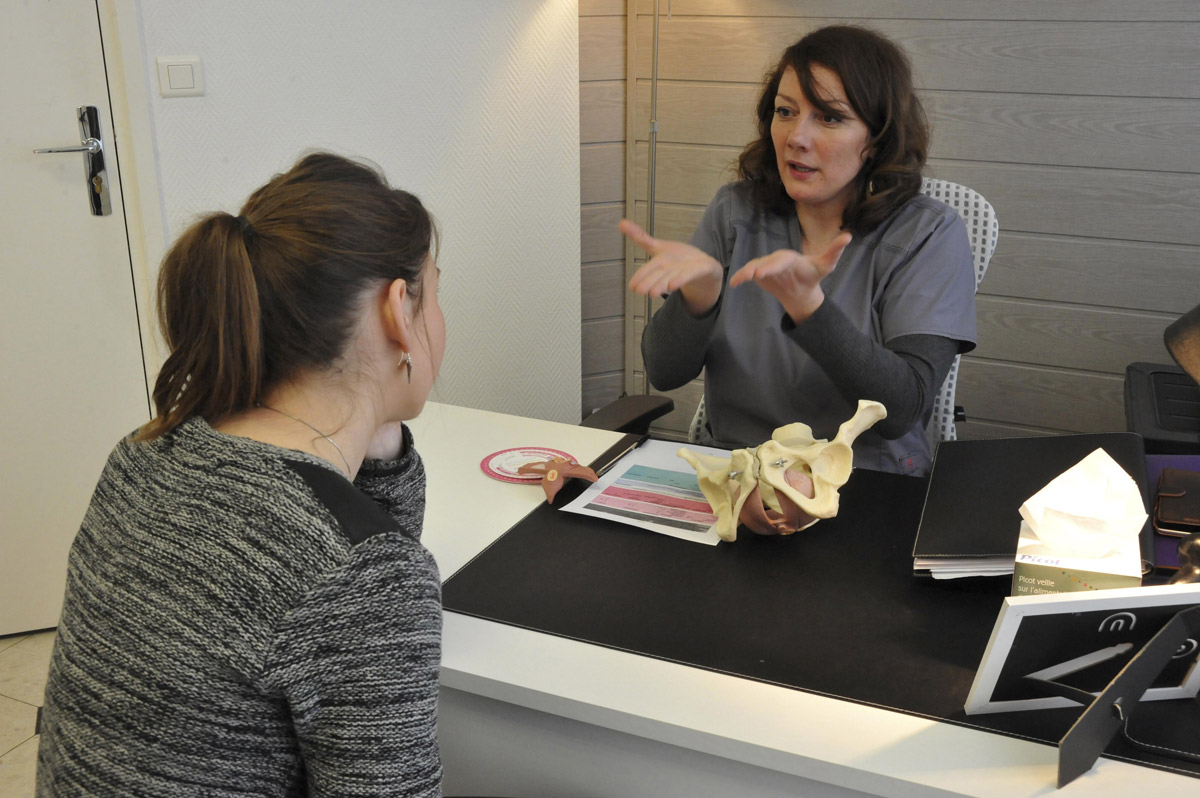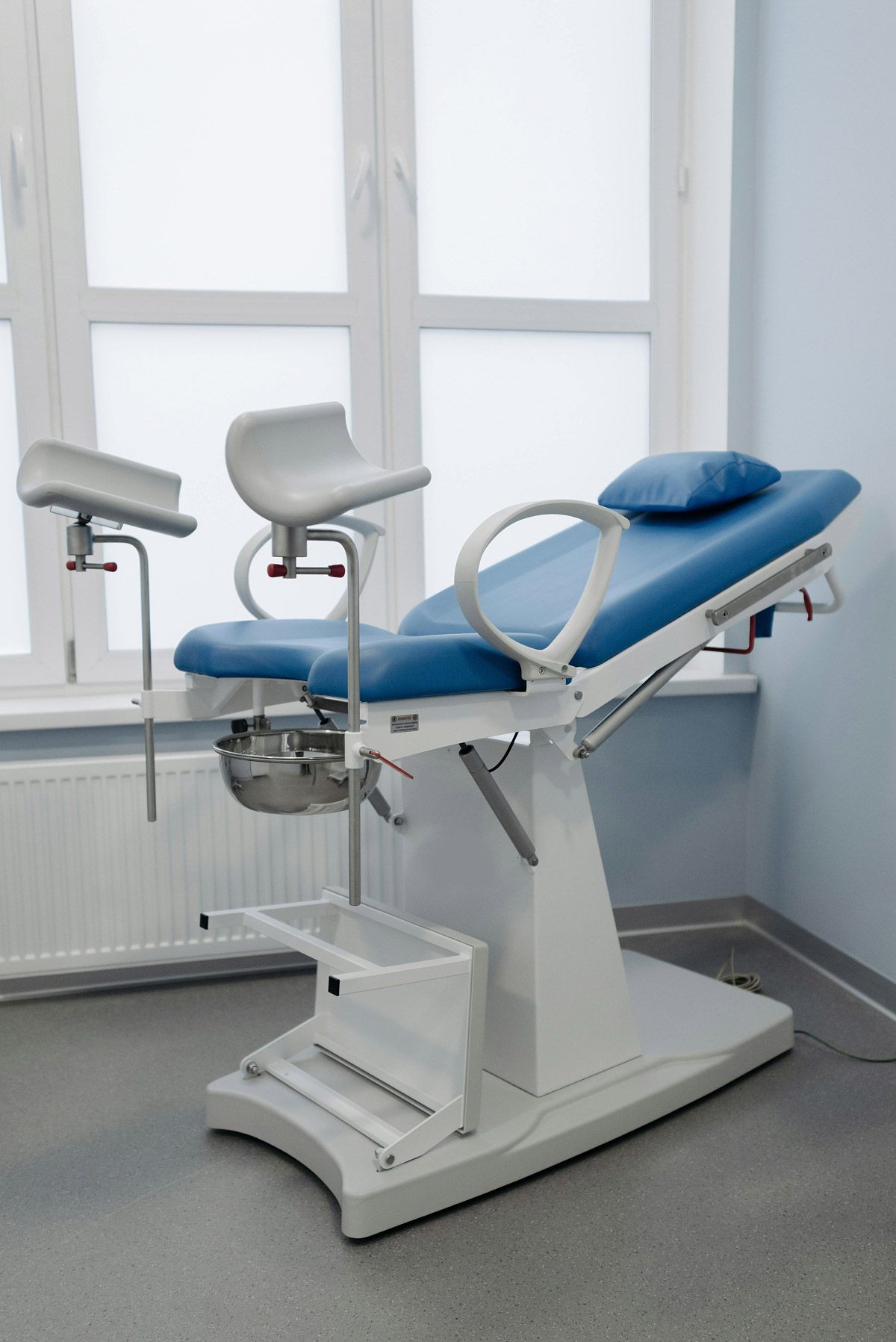ARTICLE AD

I was finishing high school when the first HPV vaccine became available. Even though I turn into an elephant shrieking at the sight of a mouse when faced with a needle, I always curl up my trunk and follow doctor’s orders. So I diligently did the three rounds of shots (at the time) in order to protect myself against the 200+ strains of the human papillomavirus that can lead to cervical and other cancers. Then I got my first pap smear at the recommended age of 21, and I learned that I would rather get 21 vaccines than cross paths with a speculum. Ever. Again. It was excruciating, embarrassing, and I spent most of my twenties thinking that I was extra sensitive about a standard procedure every woman goes through. Well, it’s taken decades (if not centuries, really), but women are demanding that our pain be taken seriously. And in that vein, good news: a self-administered pap smear test, that uses a swab instead of the dreaded speculum, could be available in the US starting this fall. Halle-f*cking-lujah.
A new self-administered test for HPV — the virus that causes most cases of cervical cancer — is rolling out to doctor’s offices, and may be available for at-home use in the future.
In the test, which The New York Times said is expected to be available this fall, a patient can swab the inside of their vagina themselves to collect a tissue sample while at their gynecologist’s office.
The swab, the outlet said, is similar to those used to nasally test for COVID 19.
The New York Times noted that the new procedure is as effective as the current standard, a pap smear, which is done by a gynecologist — and which many women struggle with, either physically or emotionally.
In a pap smear, a gynecologist uses a speculum to open the walls of the vagina, and then uses an instrument to collect cells from the cervix.
As the Mayo Clinic notes, it “may feel uncomfortable. You could experience light bleeding afterward, but you shouldn’t feel pain or cramping.”
However, that’s not the case for everyone: “I nearly passed out from the pain,” writer Emma Szewczak shared in Vogue UK.
And “when asked to rate the discomfort, distress or anxiety they might feel about having a pelvic examination on a 0-10 scale, somen with a history of sexual assault were nearly twice as likely to report high (22% vs. 11.4%) or moderate (22.4% vs. 13.7%) levels of distress, compared to women without a history of sexual assault,” one study, published in the National Library of Medicine, highlighted.
Until now, the pap smear was the only way to effectively test for HPV — and as the Mayo Clinic noted, “Most cervical cancers are caused by HPV.”
It’s “a common virus that’s passed through sexual contact,” and although for “most people, the virus never causes problems,” for some, “the virus can cause changes in the cells that may lead to cancer,” according to the organization.
It can also cause anal cancer, as Desperate Housewives alum Marcia Cross shared in an effort to raise awareness about the virus.
This could be a HUGE game changer in women’s health! Not only is it a swab instead of a speculum, the sample is also collected from the vagina instead of the cervix. AND it puts the testing in our own hands. As someone who’s avoided regular screenings due to the pain and distress (even though I knew I shouldn’t), this is such a relief. First we’re expecting this rollout in the fall, wherein the test would be self-administered while at a doctor’s office. But The New York Times is also reporting that the FDA is reviewing the option of at-home testing, where the samples get sent to a lab for results (this option is in practice in several countries already). Dr. George Papanicolaou did women a great service by developing the first pap smear test (in fact there’s a great American Experience documentary about it on PBS), but holy cow this is a much-needed upgrade! Not to be disrespectful or ungrateful to the original test — which reduced cervical cancer deaths in the 20th century by 70% — but as NYT also noted: “Despite being disliked by many women, the patient experience of having a Pap smear with a speculum and stirrups has remained largely unchanged since the 1940s…” It’s time.
photos credit: Pavel Danilyuk on Pexels, Pascal Bachelet / Avalon

 1 month ago
18
1 month ago
18 



